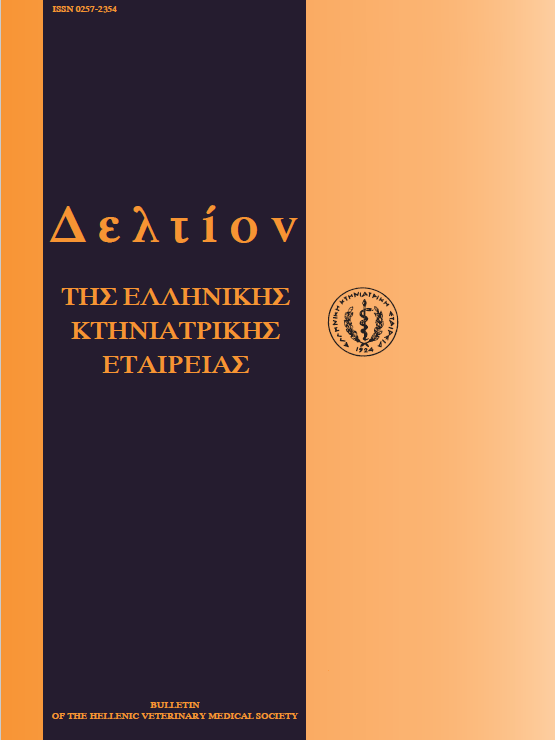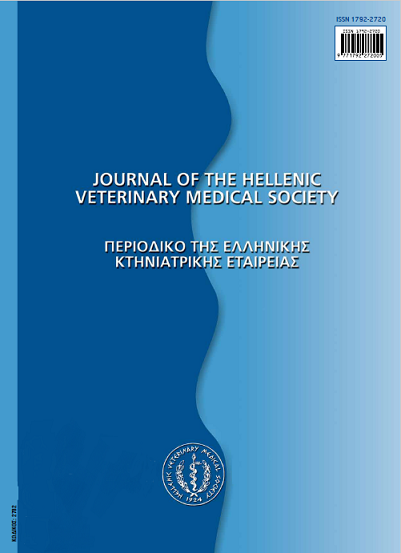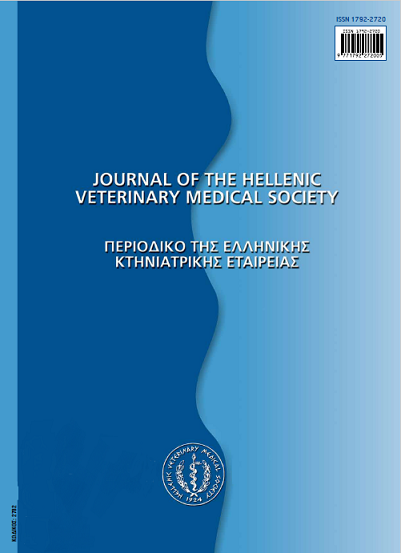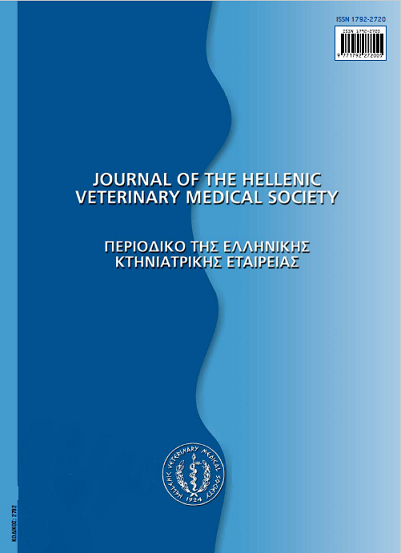Some principles of ostriches nutrition and their products.
Abstract
The ostriches have been farmed for about 150 years in South Africa. They are flightless birds but fast runners. Adults usually weigh more than 130 kg and stand up to 2.7 m tall. Domesticated ostriches reach maturity at 2-3 years old. Theirgastrointestinal tract is more similar to that of ruminants than to poultry's. The ostriches derive a lot of energy from feed fibre through the production of volatile fatty acids, in large intestine. The ostriches tend to be a credible competitor in the red meat market because of the quality of its meat (low in cholesterol and fat, high protein) .The eggs and nearly all parts, feathers, leather and meat, of the slaughtered ostrich can be used for commercial purposes.
Article Details
- How to Cite
-
CHRISTAKI (Ε. ΧΡΗΣΤΑΚΗ) E. (2018). Some principles of ostriches nutrition and their products. Journal of the Hellenic Veterinary Medical Society, 52(1), 18–22. https://doi.org/10.12681/jhvms.15402
- Issue
- Vol. 52 No. 1 (2001)
- Section
- Review Articles

This work is licensed under a Creative Commons Attribution-NonCommercial 4.0 International License.
Authors who publish with this journal agree to the following terms:
· Authors retain copyright and grant the journal right of first publication with the work simultaneously licensed under a Creative Commons Attribution Non-Commercial License that allows others to share the work with an acknowledgement of the work's authorship and initial publication in this journal.
· Authors are able to enter into separate, additional contractual arrangements for the non-exclusive distribution of the journal's published version of the work (e.g. post it to an institutional repository or publish it in a book), with an acknowledgement of its initial publication in this journal.
· Authors are permitted and encouraged to post their work online (preferably in institutional repositories or on their website) prior to and during the submission process, as it can lead to productive exchanges, as well as earlier and greater citation of published work.







